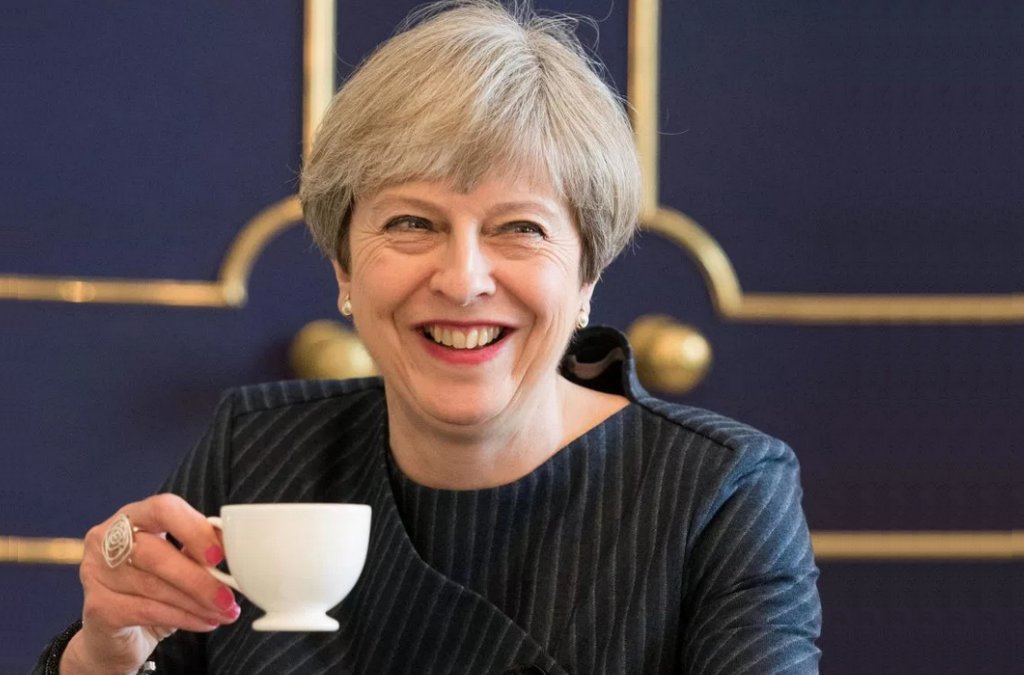Here’s why Theresa May can’t accept taking a Brexit no-deal off the table
As the cross-party talks stall, it’s important to know why. Opposition parties want May to take the no-deal option off the table but she can’t. It’s a pure bargaining chip both domestically and in Europe.
Domestically, if she takes ‘no-deal’ off the table, she effectively limits the Brexit outcomes to a deal or no-Brexit, which in the case of Labour’s Corbyn, the latter is exactly what he wants. The same scenario then carries on into any future discussions with the EU.
For all her faults, bad handling and decisions throughout this, she is remaining steadfast that the UK leaves, and that earns her a lot of respect. Here in the UK, the matter of the democratic result of the referendum is becoming a bigger issue than Brexit itself. I won’t go down that road in detail here as this is not the platform to do so. However, what I will say is that this is what’s being fought over now. Not Brexit trade details, equivalence or even the backstop, it’s become a matter of whether the referendum result is upheld or rolled over.
That doesn’t help the wider situation of Brexit one bit but it’s where the current battle is being fought between the parties, and indeed within the parties. If that can be resolved, then we will be a huge step closer to a deal. If it can’t, we face the moving closer to a no-deal but with a no-Brexit still hovering around the periphery.
How will it resolve?
- May needs to find the middle ground in her own party to get all her MP’s on board. If she does that, and makes the DUP happy then she can present a fresh plan that could pass on her majority alone, thus not needing the opposition. She could even pick up support from rebels within opposition parties as icing on the cake
- She manages to work a deal that gets enough cross-party support to overcome those against (in her own party) who don’t like what she’s offering. That would likely mean making greater concessions.
- One side (Cons or Lab) fold on their stance and we get an agreement. If Labour fold, that would mean a leaving deal is more likely. If May folds, it could mean no-Brexit is more likely
It’s still all a numbers game though. May came up 118 votes short of her deal passing so throughout all these discussions, closing that gap will be the ultimate aim, whether it’s from within her party or others. If she doesn’t, we’re back at square one on and May’s deal is still dead.
The outcomes from all this are all still very much open and we could swing from no-deal to no-Brexit numerous times. While the market is still leaning towards the worst outcome (no-deal) being furthest away, it won’t take much to change that view if the headlines go that way.
My personal view is that I still believe there will be a Brexit deal but we’re in another game of domestic political chicken, and this is the step that needs to be resolved before moving on to the next one. We cannot realistically think about the final Brexit outcome until we see what happens in these individual steps because each time we get a resolution of something, there’s 5 more doors of choice in front of us.
How do we trade it?
The same way as we have been, with great caution and zero bias. We accept what the price action is doing but we protect ourselves if we’re wrong or something changes. Just because the market was bullish yesterday, doesn’t mean it won’t change in a flash on one headline. When trading GBP, we’re not trading Brexit, we’re trading risk, and risk is high and volatile. Just because we touched 1.30 yesterday doesn’t mean we can’t be trading 1.27 in 5 minutes time. Pick your levels, keep it tight, and lower your risk. I still favour a bullish bias for now but I won’t be married to that view.
- The last NFP competition of 2022 - December 1, 2022
- Will this month’s US NFP be a horror show? - October 4, 2022
- US NFP competition – Do you think there’s going to be a turn in the US jobs market? - August 31, 2022

